Cave paintings offer a glimpse into the lives of our prehistoric ancestors. These early artworks are often found deep within caves, etched or painted by ancient hands. They depict animals, human figures, and symbolic designs, revealing the cultural and spiritual world of the time. Many of these paintings date back tens of thousands of years. The following list highlights some of the oldest known cave paintings, providing insight into their discovery, location, and significance.
Sulawesi Cave Art, Indonesia
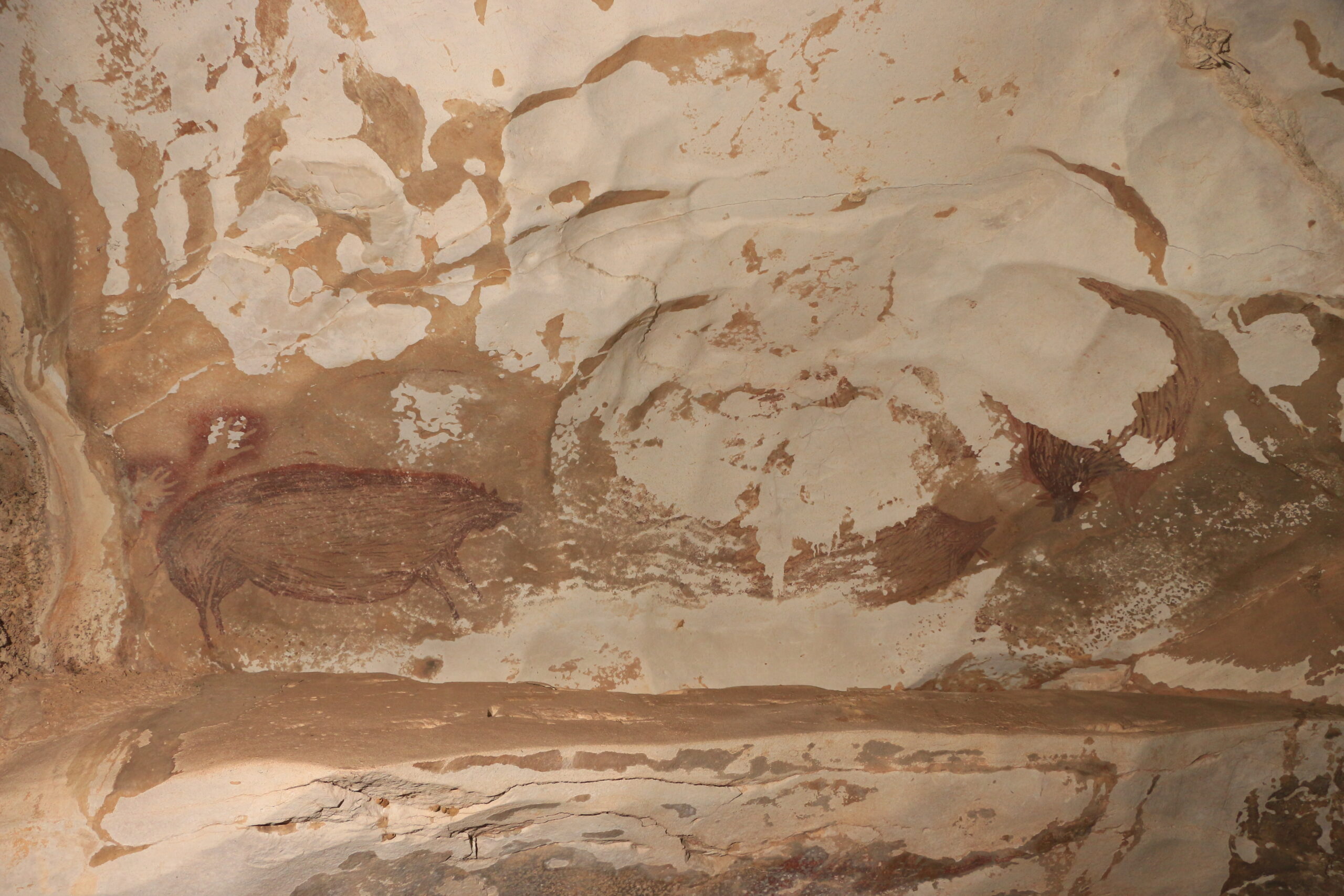
The Sulawesi Cave paintings in Indonesia are among the oldest known, dating back approximately 44,000 years. Found in the Maros-Pangkep region of Sulawesi, these paintings feature hand stencils and hunting scenes involving wild animals, such as pigs and buffalo. Archaeologists discovered the site in the 1950s, but more detailed studies in 2014 revealed its ancient origins. The depictions of hunting activities, involving hybrid human-animal figures, suggest early storytelling or mythological beliefs. These findings significantly changed our understanding of the origins of human art in Southeast Asia.
El Castillo Cave, Spain
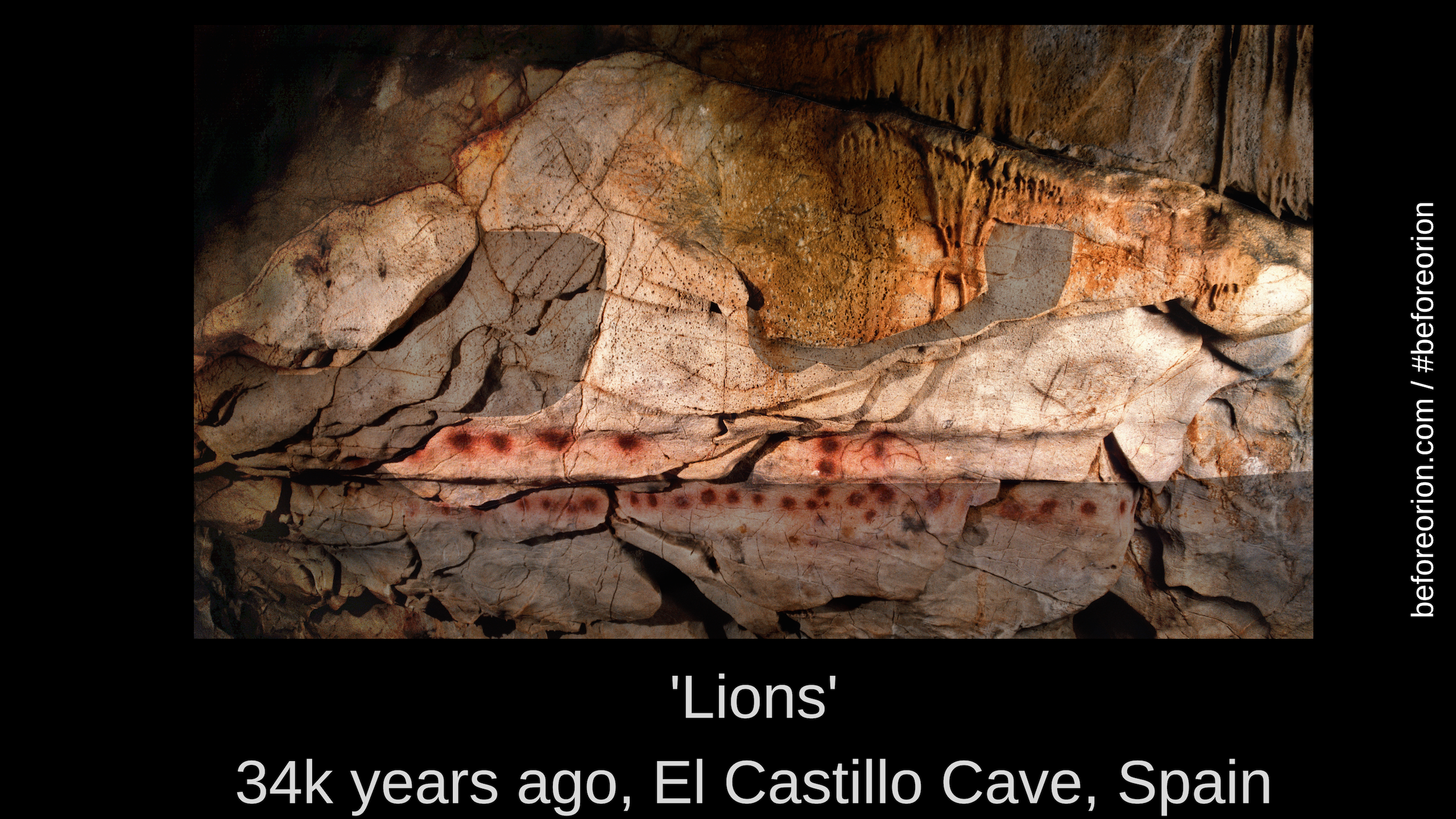
El Castillo Cave houses the oldest known cave painting, a red disk, estimated to be over 40,800 years old. The cave is located in the Cantabrian region of northern Spain, near the town of Puente Viesgo. It contains more than just red disks; hand stencils and animal figures adorn its walls. Hermilio Alcalde del Río, a Spanish archaeologist, uncovered this prehistoric wonder in 1903. The red disks are believed to have been created by blowing pigment through a tube, likely as part of ritualistic or symbolic activities. This site stands as a testament to the early artistic expressions of Homo sapiens.
Altamira Cave, Spain
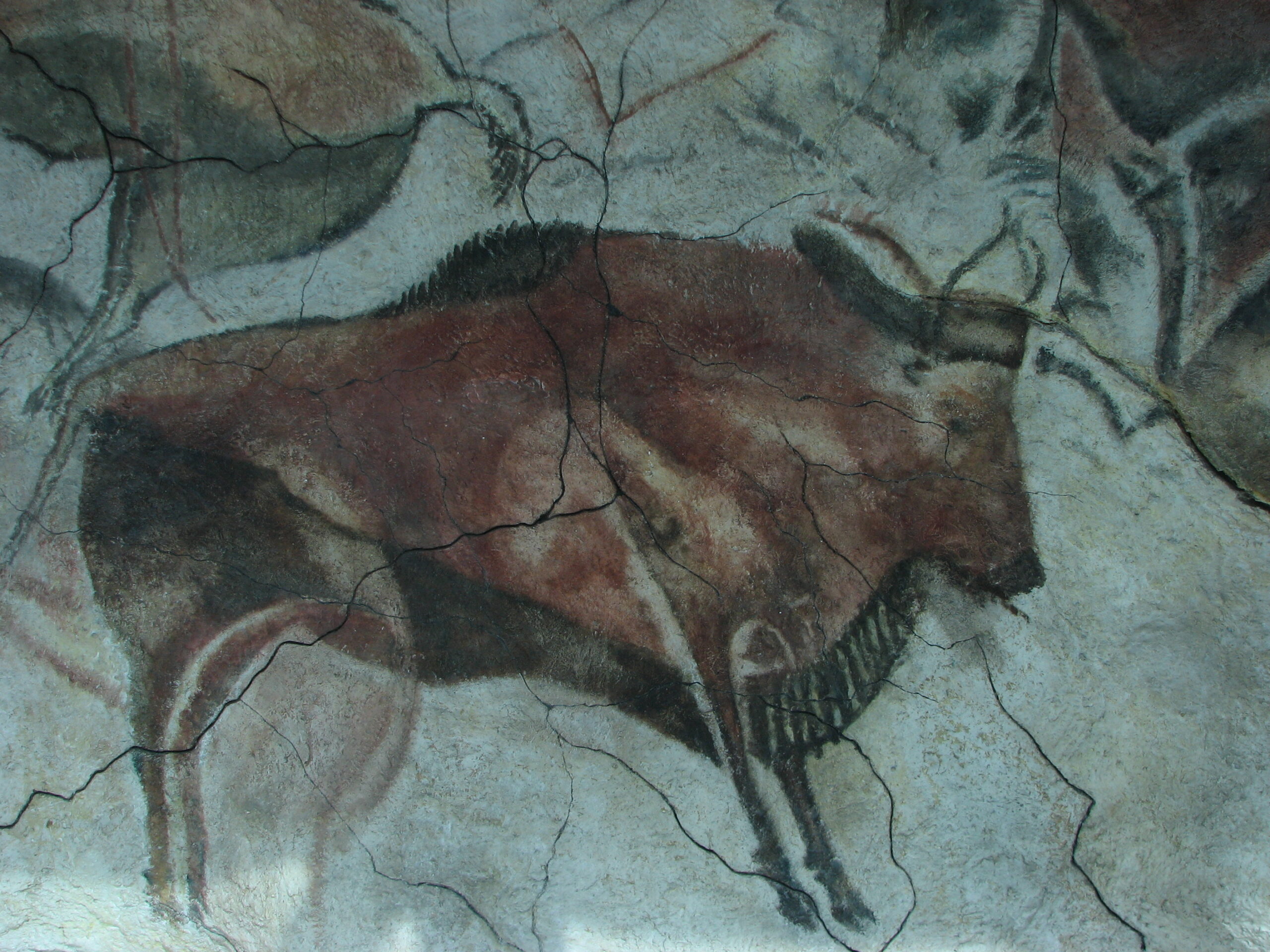
Altamira Cave, located in northern Spain, contains some of the most vivid examples of prehistoric art, dating back approximately 36,000 years. The paintings depict bison, horses, deer, and handprints, all in striking red, ochre, and black hues. Marcelino Sanz de Sautuola and his young daughter María discovered the cave in 1879 while exploring the area. The paintings, considered a breakthrough in our understanding of Paleolithic art, are remarkably well-preserved and offer insights into the lives of early Homo sapiens. The stunning realism of the Altamira bison became a symbol of prehistoric human creativity.
Chauvet Cave, France
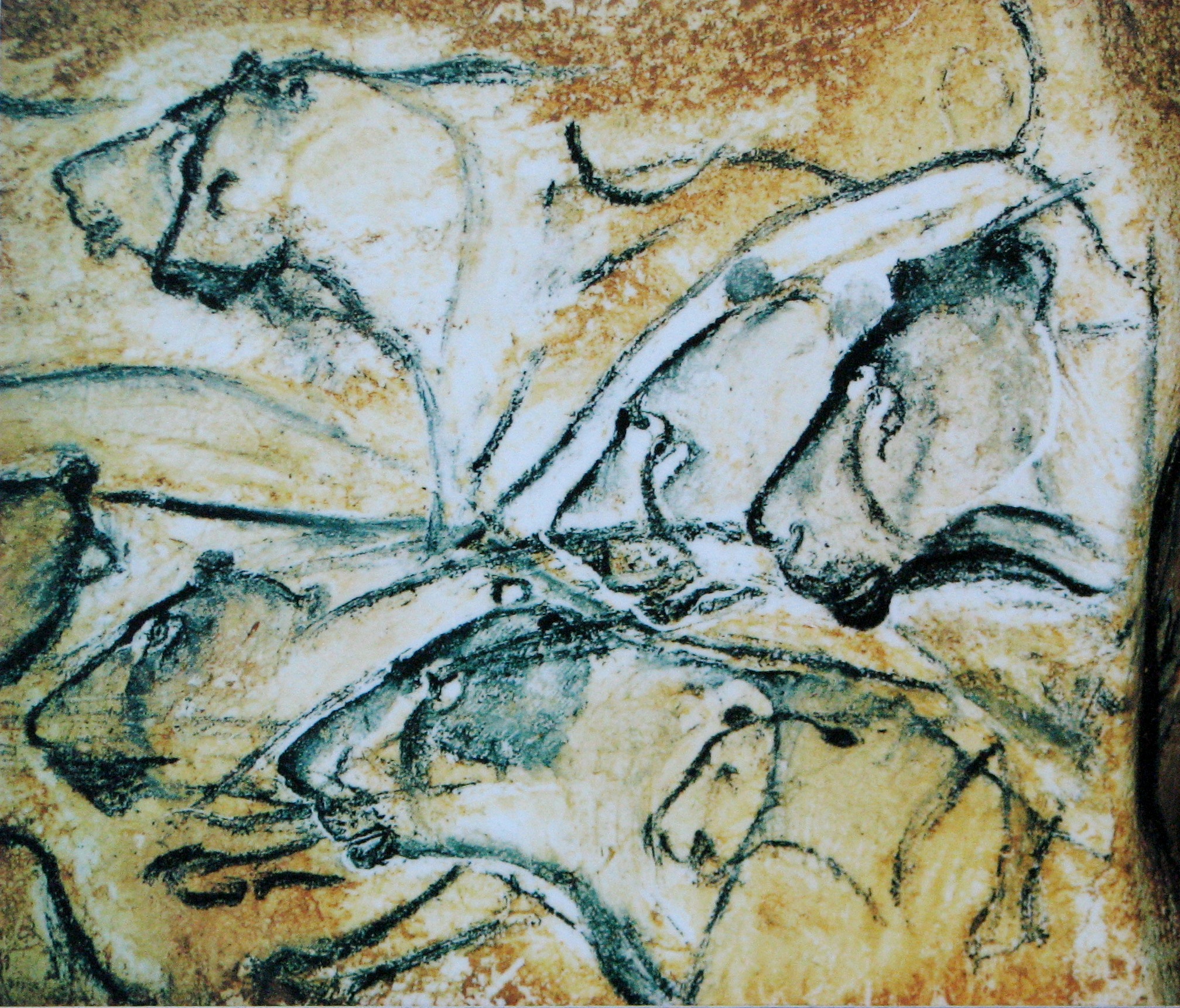
Chauvet Cave holds some of the world’s most extraordinary ancient artworks, dating between 32,000 and 30,000 years ago. Nestled in the Ardèche region of southern France, its limestone walls bear stunning depictions of animals such as lions, mammoths, rhinoceroses, and bears. Discovered in 1994 by Jean-Marie Chauvet, Eliette Brunel-Deschamps, and Christian Hillaire, the cave reveals a deep understanding of animal anatomy and movement. These detailed depictions suggest not only artistic prowess but also a spiritual or ceremonial significance, where early humans may have used the images in shamanistic rituals.
Cosquer Cave, France
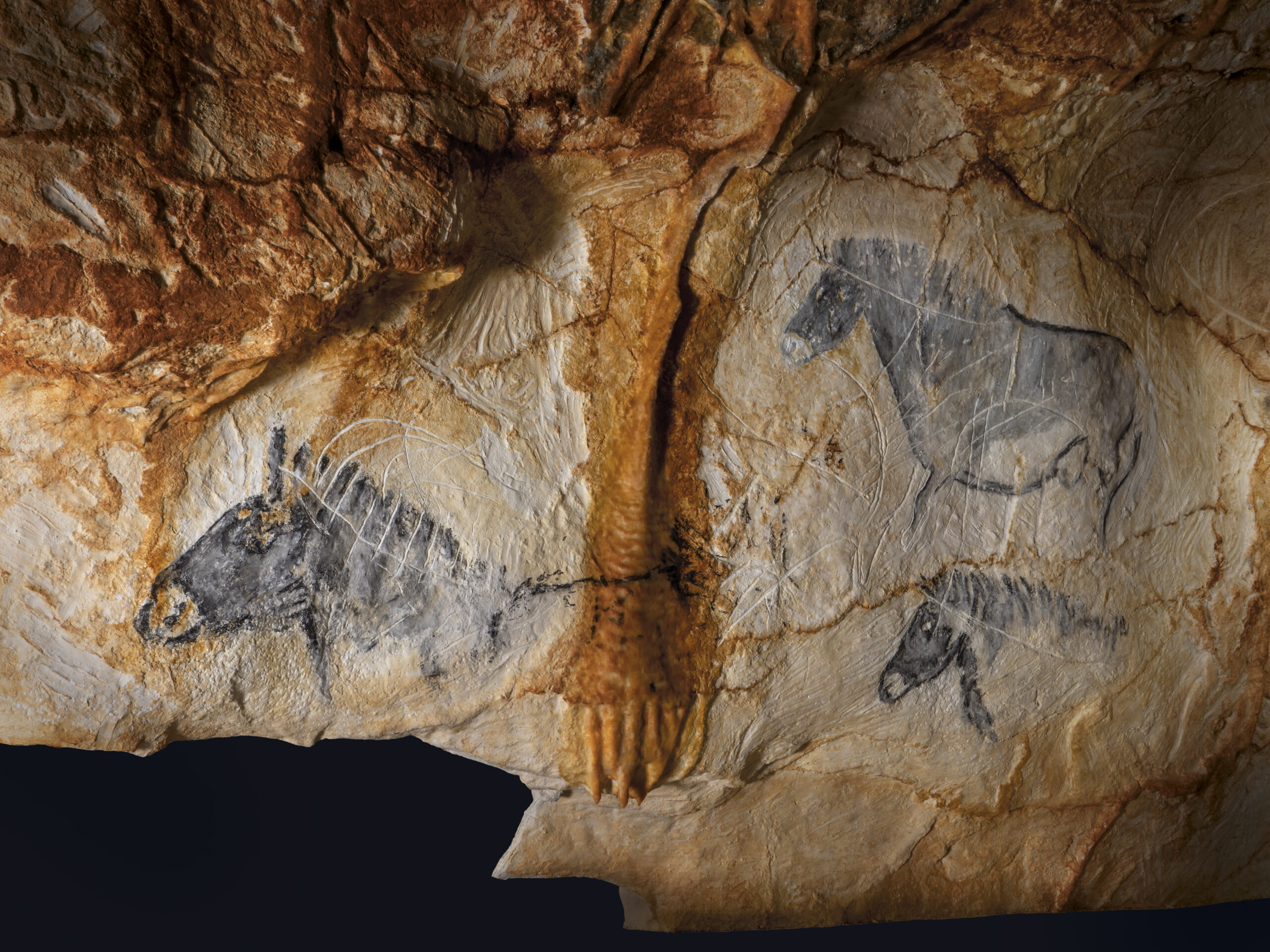
Cosquer Cave, located beneath the Mediterranean Sea near Marseille, contains prehistoric paintings dating back between 19,000 and 27,000 years. Discovered by diver Henri Cosquer in 1985, the cave’s entrance is now submerged, but the upper chambers still reveal paintings of horses, ibex, and hand stencils. The artwork reflects a time when the sea levels were much lower, and the region was inhabited by early humans. The depictions of land animals and marine life suggest that the artists were documenting their environment and daily life.
Serra da Capivara, Brazil
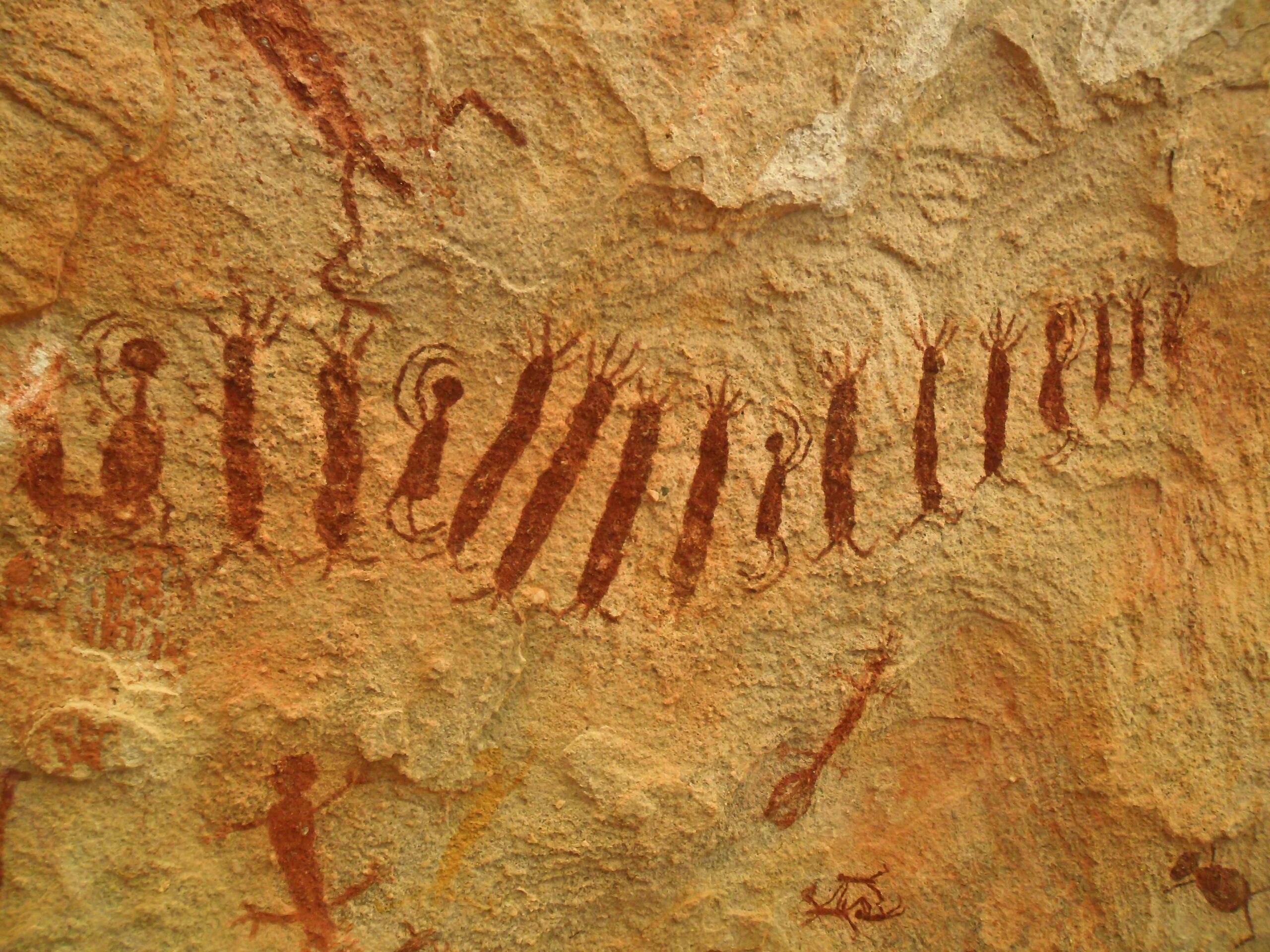
Serra da Capivara National Park in northeastern Brazil holds some of the most important prehistoric art in the Americas, with paintings dating back up to 25,000 years. The artwork covers rock shelters and caves in the region and includes depictions of human figures, animals, trees, and hunting scenes. Archaeologist Niède Guidon led the discovery and study of the site in the 1970s, bringing attention to its significance. The vibrant and complex scenes suggest the early inhabitants were socially organized, and they might have used the images in rituals or storytelling. This site challenges long-held views of human migration in the Americas.
Lascaux Cave, France

Lascaux Cave, located near the village of Montignac in the Dordogne region, is renowned for its spectacular prehistoric artwork dating to around 17,000 years ago. The cave is filled with large, dynamic depictions of animals, such as bulls, horses, and stags, rendered in striking detail and vivid colors. Four teenage boys discovered the cave in 1940 while searching for a lost dog. Its intricate paintings suggest a strong connection to the hunt, possibly created to ensure success in hunting rituals. The “Great Hall of the Bulls,” a notable chamber, is particularly famous for its giant bulls, some over five meters long.
Cueva de las Manos, Argentina
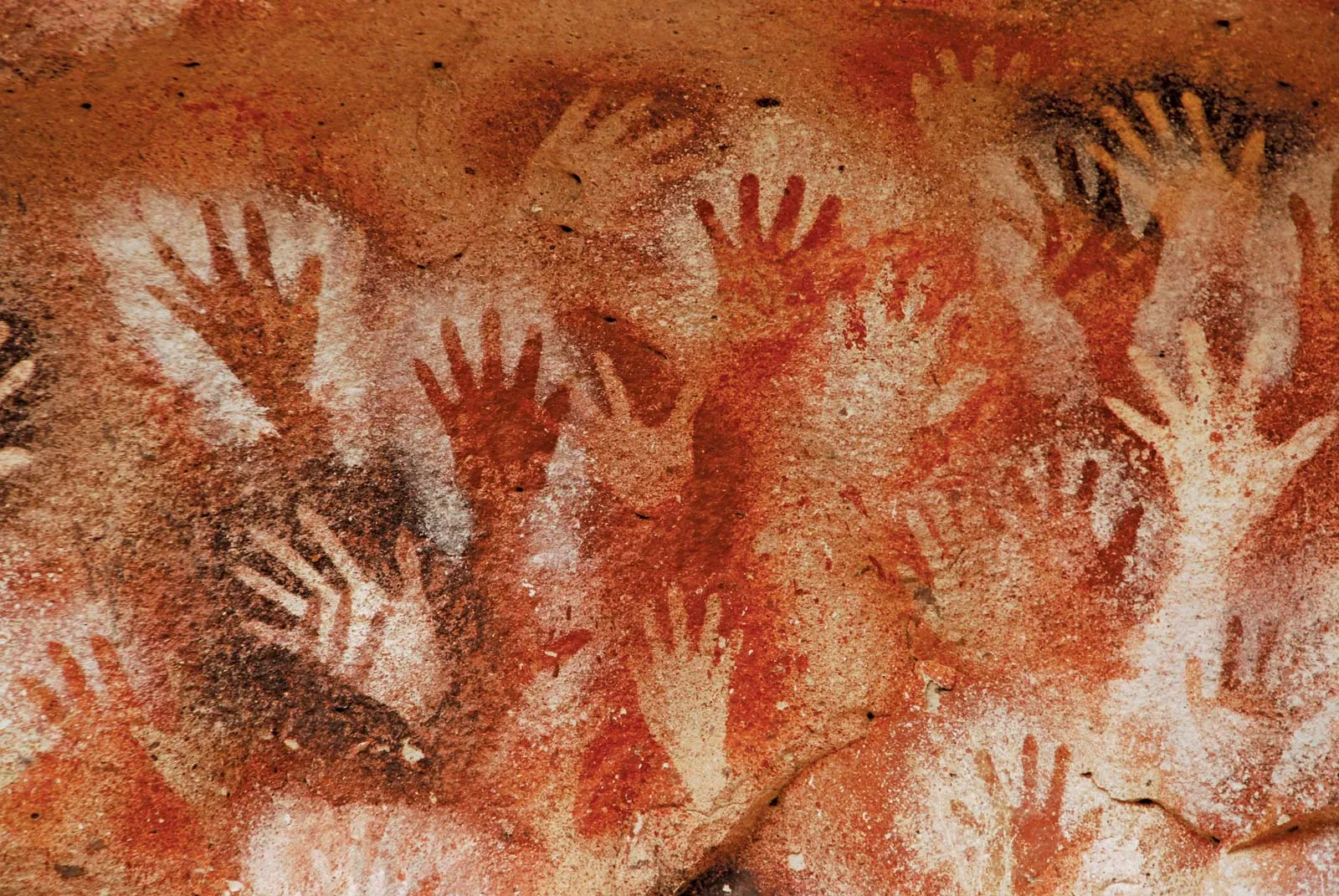
Cueva de las Manos, or “Cave of the Hands,” in the Patagonia region of Argentina is famous for its stenciled handprints, some dating back 13,000 years. The cave, located in the Santa Cruz province, is adorned with hundreds of hands, mostly left hands, created by spraying pigment around the hand to leave a negative image. These handprints are accompanied by depictions of animals, hunting scenes, and geometric designs. The site was first officially discovered by researchers in 1941, although local Indigenous peoples had long known of its existence. The vibrant colors, created using natural pigments, are a significant link to South America’s prehistoric art traditions.
Tadrart Acacus, Libya
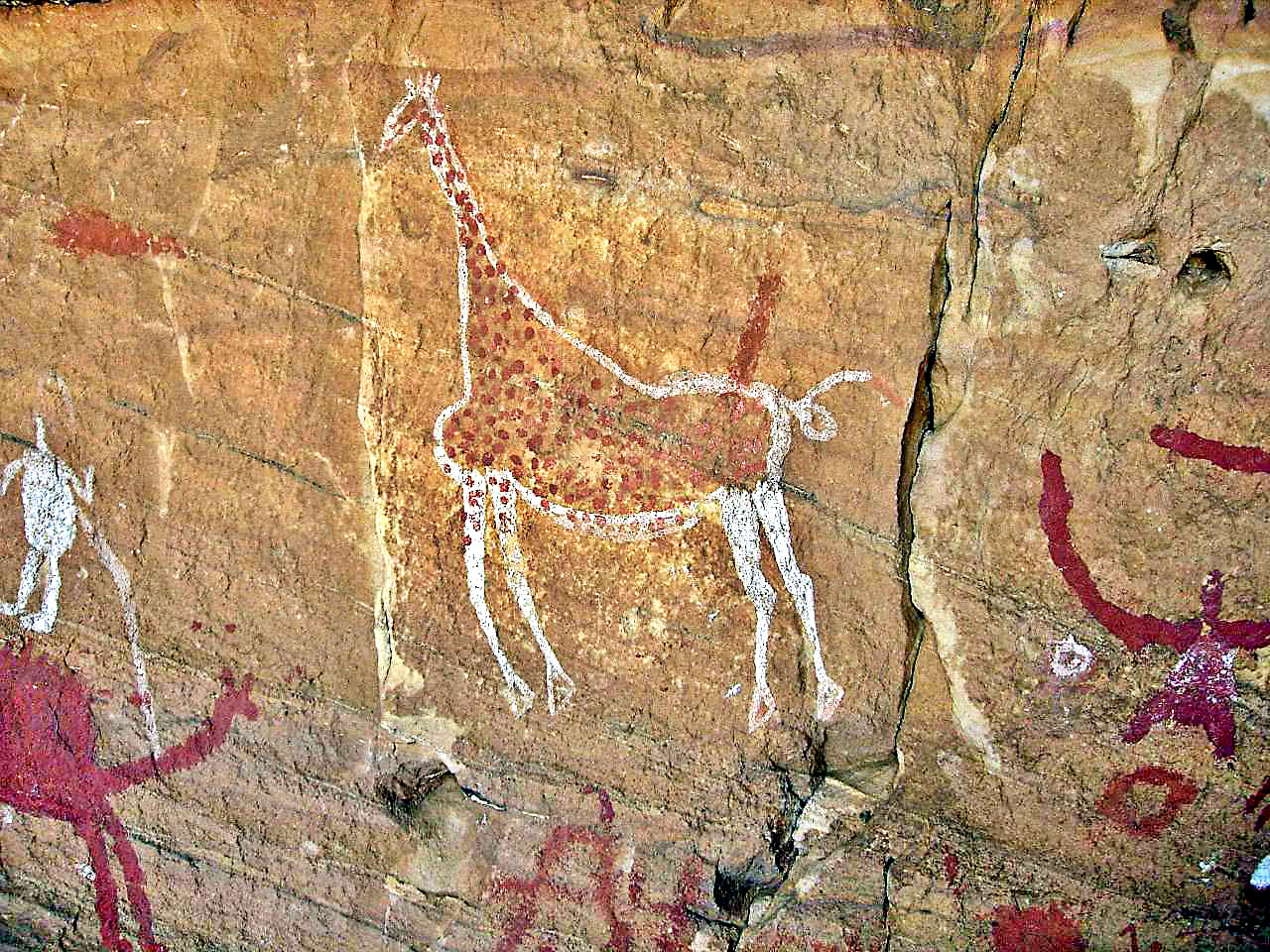
Tadrart Acacus, located in the desert of southwestern Libya, is home to rock art that dates back to around 12,000 years ago. The paintings depict various scenes, including animals like giraffes, elephants, and cattle, as well as human activities such as hunting. This region’s cave art provides a glimpse into a time when the Sahara was much greener. Italian explorer Fabrizio Mori discovered the site in the 1930s. The paintings illustrate the region’s changing climate and the adaptation of ancient peoples to their environment.
Bhimbetka Rock Shelters, India
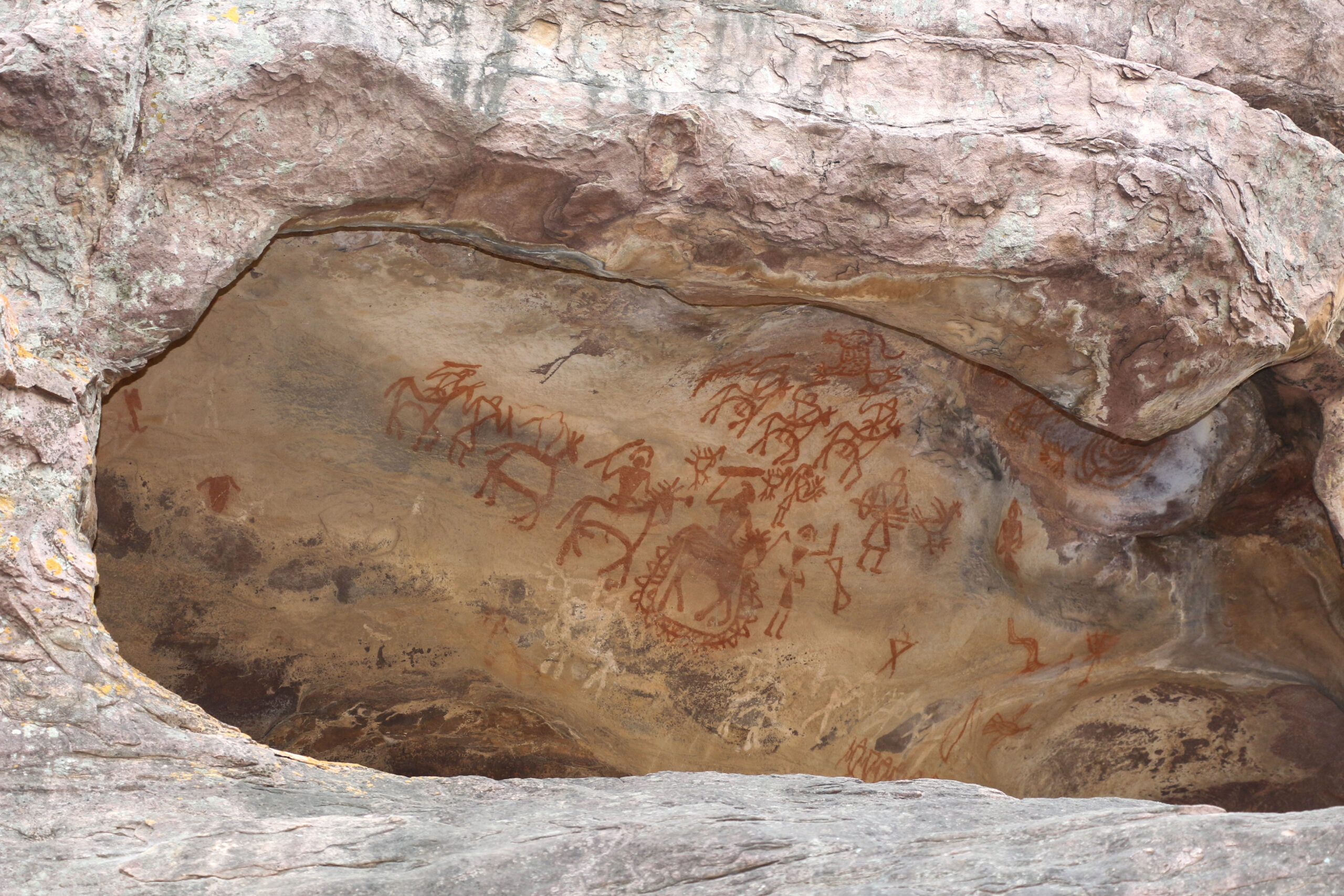
The Bhimbetka Rock Shelters, located in the foothills of the Vindhya Mountains in central India, contain one of the world’s oldest collections of prehistoric art, dating back around 10,000 years. These shelters feature paintings of animals, human figures, and hunting scenes, illustrating early human life. Archaeologist V.S. Wakankar discovered these shelters in 1957 while conducting surveys in the region. The paintings were created over a long span, with some depictions possibly dating to the Mesolithic era. Many scenes show humans dancing, hunting, and interacting with animals, reflecting the everyday activities of ancient people.
Magura Cave, Bulgaria

Magura Cave in northwestern Bulgaria contains prehistoric paintings estimated to be over 8,000 years old. Located near the town of Belogradchik, the cave’s walls feature hundreds of images, including humans, animals, and abstract symbols. Archaeologists believe the art was created by both Neolithic and Bronze Age communities. The cave was first explored and documented in the 1920s. The scenes suggest religious or ceremonial functions, with many of the figures appearing in ritualistic postures.
Laas Geel, Somalia

Laas Geel, situated near Hargeisa in northwestern Somalia, houses some of Africa’s best-preserved cave paintings, believed to be around 5,000 years old. The vivid artwork portrays cattle, adorned humans, and wildlife in a unique artistic style. French archaeologists led by Xavier Gutherz discovered the cave paintings in 2002. The detailed depictions of cows, often shown with ceremonial decorations, suggest the significance of livestock in the region’s ancient culture. The vibrant colors and expressive figures reflect the rich history of pastoralist societies in the Horn of Africa.
This article originally appeared on Rarest.org.
More from Rarest.org
8 Largest Wolves in the World
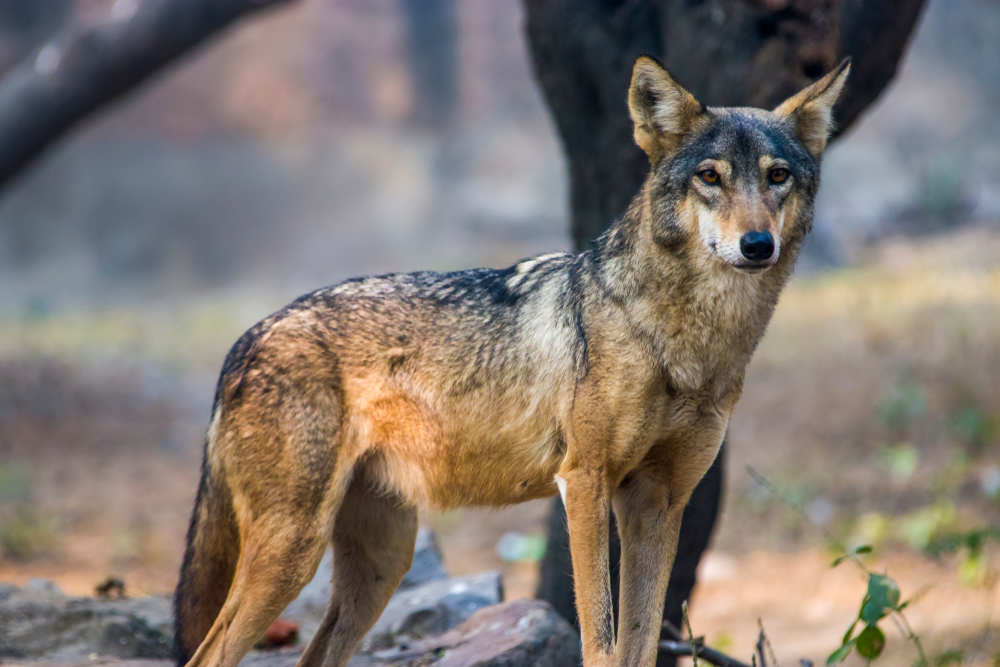
Wolves are some of the most captivating and powerful animals in the wild, known for their intelligence, strength, and adaptability. Read More.
8 Oldest McDonald’s Restaurants in America

McDonald’s is an iconic fast-food chain that has grown into a global brand, but its roots can still be traced back to several key locations across America. Read More.
9 Coveted Art Deco Furniture Pieces That Fetch Top Dollar

Art Deco furniture remains one of the most coveted styles for collectors and design enthusiasts, known for its luxurious materials, sleek lines, and bold geometric shapes. Read More.
